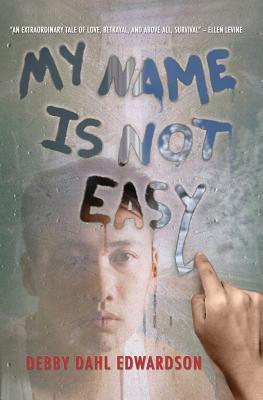What do you think?
Rate this book


248 pages, Hardcover
First published January 1, 2011
When I go off to Sacred Heart School, they’re gonna call me Luke because my Inupiaq name is too hard, p.3.Have you ever wondered how humans can survive living so far above the Arctic Circle? So did the U.S. military, and in the early 1960s they decided to inject children from the Sacred Heart School in Alaska with Iodine 131 to find out how their bodies survived the extreme cold. Luke was one of those children. My Name is Not Easy follows several students who are sent miles away from their villages to a Catholic boarding school where they are introduced to boxing, Betty Crocker, and moose meat.